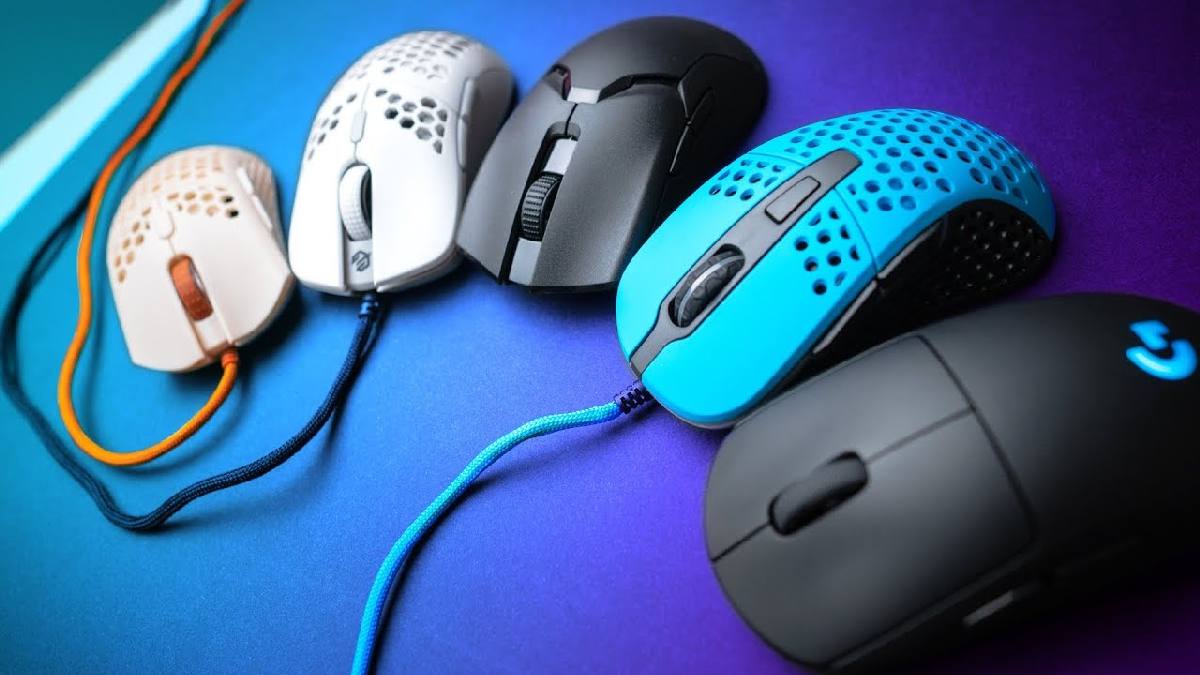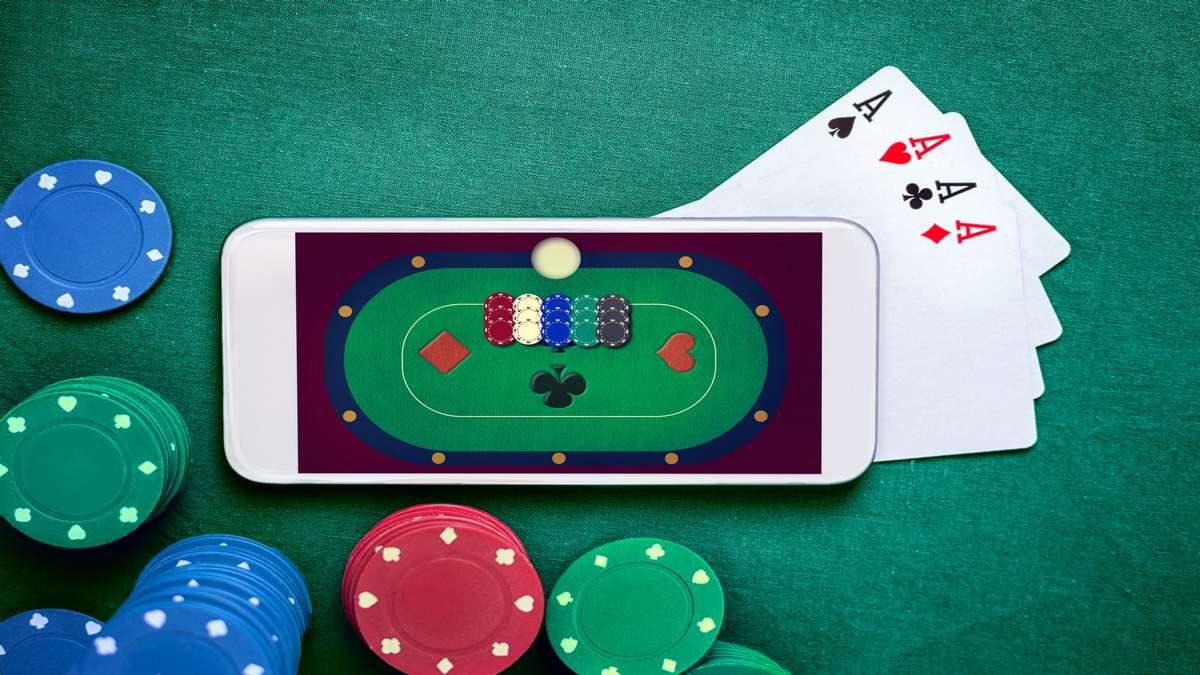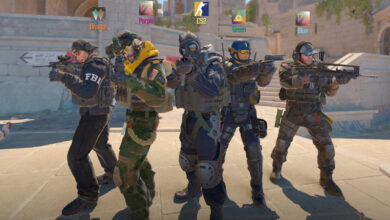
There is an age-old debate among gamers that always seems to be a hot topic: console or PC? Typically speaking, console players use a controller for their gameplay and PC players use a keyboard and mouse. There are certainly some who cross the battle lines and plug a controller into a PC, or use a keyboard and mouse on their console. For this article, let’s assume you’ve decided that you’re a keyboard and mouse player. So the next question is: What makes a good mouse for gaming? Let’s take a look.
There are a number of things to consider when shopping for a gaming mouse: size/shape, responsiveness, connection type, sensitivity, adjustment, power source, number of buttons, lifespan, cost, looks, etc. So how do you pick which mouse is right for you? Start by deciding WHAT type of gaming you do most. You may choose a different mouse if you play a lot of MMOs, vs what you would choose if you only play FPS games. Starting from here – what type of games you play – there are some basic features you should always consider. There are also many good brands like Razer. What is the best Razer mouse? Well, let’s start discussing the factors that make a good mouse and then you can see the things a good mouse has.
Number of Buttons
Your basic office mouse often only has three buttons, counting the scroll wheel. You need a left and right click, and a wheel to spin, and you can often click the wheel. Most gaming mice will add two more buttons for your thumb, and you may get sensitivity adjustments on top near the scroll wheel. You can buy mice geared towards MMO gameplay where you have a lot of hotkeys to use, and a mouse with more buttons may really help you out. You might enjoy a mouse with an additional 12 buttons in the thumb area. If you only play FPS, or are only a light gamer, maybe these extra buttons will get in the way, but this is where you need to decide what you’re using this mouse for.
Sensitivity
Sensitivity will be king for many people when choosing a gaming mouse. Sensitivity is measured in DPI, or dots per inch, and a mouse with a higher DPI will be more sensitive – moving your cursor farther on your screen as the mouse moves across your desk. Higher DPI means you can move your point of view in your game faster with a smaller movement of your mouse, and a lower DPI means you can make big sweeping movements with your physical mouse and only move your perspective in-game a little bit. Both of these have places in today’s games, which is why having a mouse that lets you adjust DPI on-the-fly is a great option for all games. This has become a pretty standard feature on most gaming mice, and the high end, name brand mice all pretty much go up to 16,000 DPI, which is MORE than enough for most users.
Responsiveness
Also known as polling rate, this is how often your mouse sends information on where your cursor should be on the screen to your computer. This is usually an adjustable setting on modern gaming mice as well so you can change it and test the differences. The average person will not really be able to tell a difference, although theoretically a lower polling rate means more input lag – your cursor may feel to lag behind where you THINK it should be based on how you’ve moved the mouse. When playing games at the highest level, every millisecond can matter, so you would want to play with a high polling rate (1000 hz).
Connection Type/Power Source
Lumping these two sections together makes sense because a wired mouse gets it power from being connected to your computer, while a wireless mouse will require some sort of power source. Historically if you were a serious gamer the only option you REALLY had was to use a wired mouse. The input lag created by being wireless could make a significant difference in your games that would put you at a disadvantage. Sure, that small amount of lag wouldn’t matter for someone browsing the internet or sending emails, but those milliseconds matter when you’re fighting for your life in a game. Luckily wireless mouse technology has come a long way, and there are plenty of wireless options available to you if you like the look of a cordless desk, or you feel that having a wire gets in your way.
If you choose to go wireless though you’ll have to consider a power solution. Do you want to plug your mouse into your computer every night so you can play with it unplugged the next day? Do you want to use batteries that you’ll have to buy, stock, and change all the time? How long does the charge last? Only a few hours? Weeks? Months? The settings on your mouse, whether or not you have RGB lighting, etc, will all play a role in how your wireless mouse consumes battery. If you’ve got a wired mouse, none of these things will matter to you – you’ve essentially got endless power all of the time, and your connection to your computer is more or less instant.
Size/Shape
If you ask a group of people to just “grab the mouse” like they’re getting ready to play a game you would assume that everyone would, more or less, grab the mouse the same way. Boy would you be wrong! There are many different grip styles, and the most common are a palm grip, the claw grip, and the tip grip. The size and shape of your mouse will determine how comfortable that mouse is in your hand based on your preferred grip style. Getting your hands on the mouse you’re looking to buy is important for this very reason – a mouse built for a large-handed palm grip player may feel terrible to someone who uses just their fingertips to control the mouse.
Another thing to consider is the weight of your mouse. There are more gaming mice that come with little weights you can add or remove to adjust the feel of the mouse. Some people like the feel of a heavier mouse because it seems more stable, while others prefer a super light mouse for those fast, flicking motions in games. It’s all preference, but in so many cases having the ABILITY to adjust something is preferable to NOT being able to adjust it at all.
Lifespan/Cost
The first thing to wear out on a mouse is typically the left click button. It’s our everything button, from launching games to shooting in FPS to clicking on the bad guys and using abilities. Most mice these days are rated for 20 million clicks, and most gamers will never get that far. New technology comes out, new styles, new features, and people will upgrade their mice. But the switches under your buttons can make a difference. There are some very popular, professional-grade mice that have known issues with their switches, and heavy users may start to get a “double click” for single mouse presses after only a year or two, and long before the advertised 20 million clicks. And some gamers will never have that problem. A lot of companies offer a warranty on their products and you can get your mouse refurbished, or sometimes get a whole new mouse, if an issue like this arises. But typically speaking your mouse will last as long as you’d like to keep it. Fill out your warranty card when you buy it just in case, but personal experience says most big companies will fix your problem if their mouse fails quickly – especially within the first year. It is, unfortunately, the nature of the beast when you’re a gamer. You click A LOT, and buttons get worn out. If you find a specific mouse that you love, it’s never a bad idea to buy a backup just in case you need to send one to get fixed.
As with most gaming accessories, the cost of your mouse can be a deciding factor. There are plenty of mice in the under $50 range, and some do claim to be “gaming mice” because of RGB lighting, extra buttons, etc. These can be absolutely fine, but you’ll notice the quality difference as you go up towards the $100 range. It may feel like a steep price for “just a mouse,” but remember that this little accessory steers your entire gaming experience. If you spent $2,000 on a top-of-the-line graphics card, don’t skimp on your mouse! You can, of course, find mice that are even more expensive, looking around the $200 range.
There are a lot of options that cover the needs of all the gamers out there. We discussed the main features to consider when shopping for a new gaming mouse, but the most important thing for you is finding what works FOR YOU! Everyone is different, and what makes you play the best may not work for your friend, and that’s ok.



